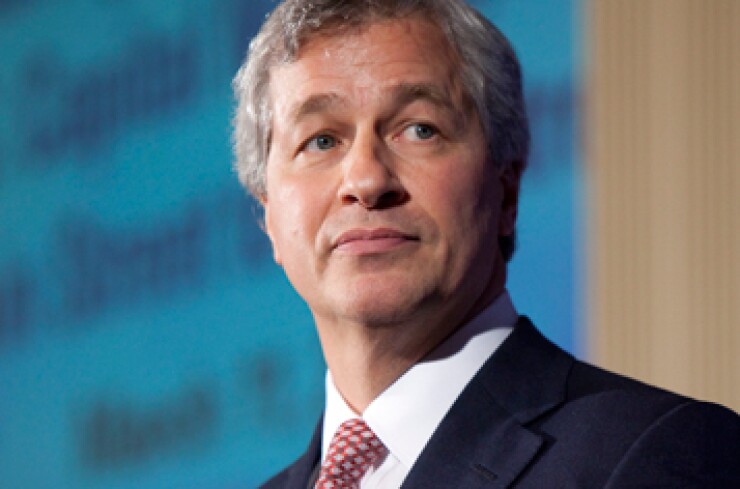JPMorgan Chase CEO Jamie Dimon has provided little comfort with his recent assurance that taxpayers are no longer on the hook for the nation’s largest and riskiest financial firms. In his annual
Dimon’s pledge fails to address the increasing concentration of our banking system in the hands of a few multitrillion-dollar financial behemoths. This trend has only been exacerbated by the 2008 Wall Street crisis that, of course, set off the worst economic downturn since the Great Depression and ushered in a wave of new regulations on the community banks that did not cause the crisis. In fact, 0.2% of all U.S. banks hold nearly 70% of industry assets and enjoy the lowest cost of funds in the banking industry despite having the lowest credit quality. This represents a precarious risk to the broader financial sector and an artificial
The letter ignores a long precedent of the federal government stepping in to save troubled megabanks and their creditors. History indicates that not only are financial crises unpredictable, but regulatory safeguards designed for the last crisis fail to stop future ones. As Federal Reserve Bank of Minneapolis President Neel Kashkari

Meanwhile, concerns remain that the largest banks’ private gains and socialized losses have spawned morally hazardous behavior, in which megabank employees take excessive risks knowing that taxpayers have their backs. Wells Fargo’s
No wonder the
To truly address the problem, policymakers should consider: enhanced capital, leverage and liquidity standards, stronger concentration limits, stricter resolution regimes and restrictions on the use of the federal safety net. Additionally, Congress and the administration should continue to pursue regulatory relief for community banks to promote localized banking and economic growth. Community banks reinvest in local communities and offer relationship-based services that incentivize true financial stewardship — something that should be promoted by policymakers, not punished through increasingly burdensome regulations.
Despite the assurances of the chief executive of the nation’s largest financial institution, the “too big to fail” problem remains unsolved. History shows that you simply can’t take everyone at their word.





